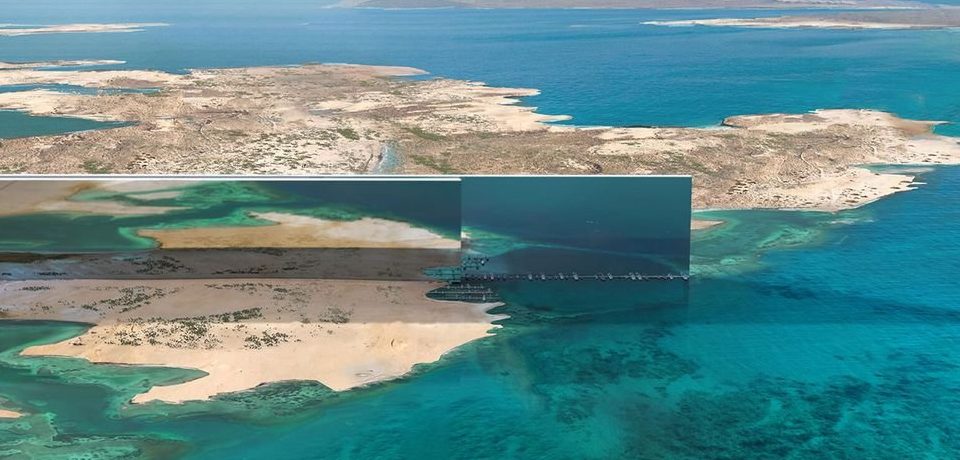Critiquing The Line: Unraveling the Mathematical Debate Behind Saudi Arabia’s Unique Megaproject

An article published yesterday in Popular Mechanics titled, Saudi Arabia Is Building an Entire City in a Straight Line. It Makes Zero Sense, subtitled, Basic math says the city should actually be The Circle, not The Line written by Darren Orf makes an interesting mathematical argument but urban planning is so much more – closer to an expression of art with a small dose of mathematics.
I have written a response considering other factors.
While the argument presented in the Popular Mechanics article raises valid concerns about “The Line” city project’s straight-line design, it’s essential to provide a counterargument that considers the potential benefits and unique aspects of this innovative urban development:
1. Efficiency and Transportation: The straight-line design of “The Line” offers the advantage of efficiency in transportation. A high-speed rail system connecting the entire city can significantly reduce commuting times, making it more convenient for residents to move from one end of the city to the other. This can enhance overall productivity and accessibility, especially in a city as extensive as The Line.
2. Environmental Sustainability: The article acknowledges the project’s purported low environmental impact, which is a significant consideration in modern city planning. The concentration of buildings and infrastructure in a narrow, linear corridor can reduce the environmental footprint compared to a circular city design, where infrastructure might extend over a larger area, impacting more natural habitats.
3. Resource Optimization: The linear layout of The Line may allow for better resource optimization. Services such as waste management, utilities, and public transportation can be more efficiently organized in a linear city, potentially reducing operational costs and environmental impact.
4. Innovation and Technology: The Line’s driverless and car-less approach represents a forward-thinking commitment to cutting-edge technology. This approach aligns with the global trend toward sustainable and autonomous transportation solutions, which can reduce traffic congestion and emissions.
5. Unique Urban Planning: The Line’s unique design can be an attraction in itself. Just as the initial presentation resembled concept art for a sci-fi film, it can create a distinctive and futuristic identity for the city, drawing international attention and investment.
6. Mitigating Urban Sprawl: Circular cities can sometimes contribute to urban sprawl as they expand outward. In contrast, The Line’s linear design encourages efficient land use, potentially mitigating urban sprawl concerns.
7. Economic Opportunities: The compact design of The Line could create economic opportunities, with businesses and services located in close proximity to a significant portion of the population. This proximity can foster economic growth and stimulate local businesses.
In conclusion, while mathematical analysis points out potential commuting challenges in a linear city, it’s important to recognize that urban planning involves a multitude of factors. “The Line” represents a bold and innovative approach to city design that has the potential to offer unique benefits in terms of efficiency, sustainability, and technological advancement. The ultimate success of the project will depend on how these advantages are leveraged to create a vibrant and sustainable urban environment.







